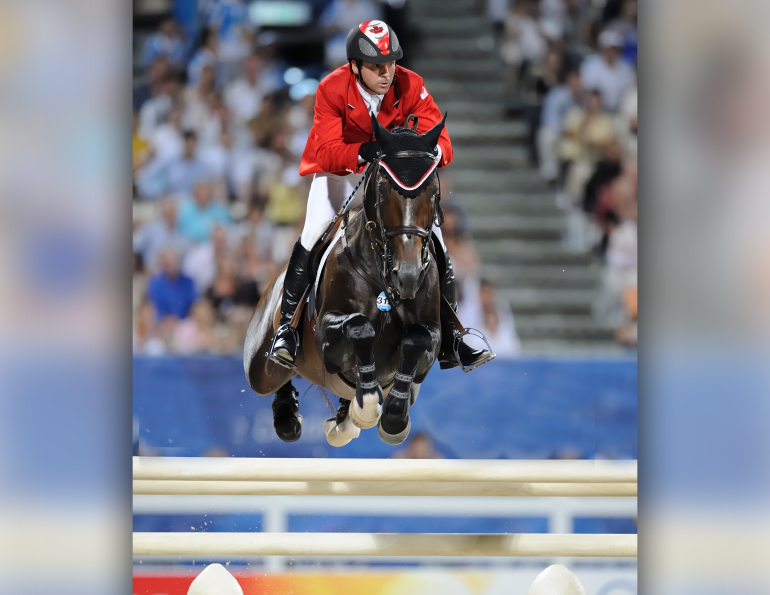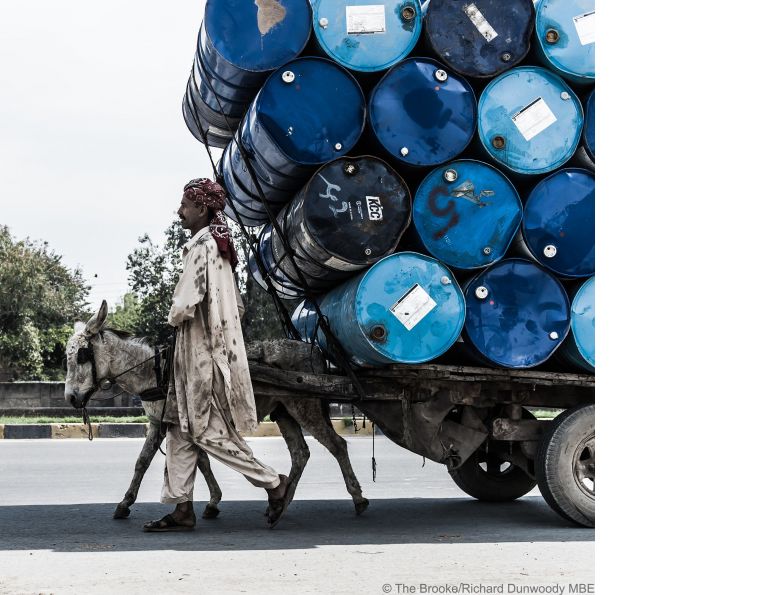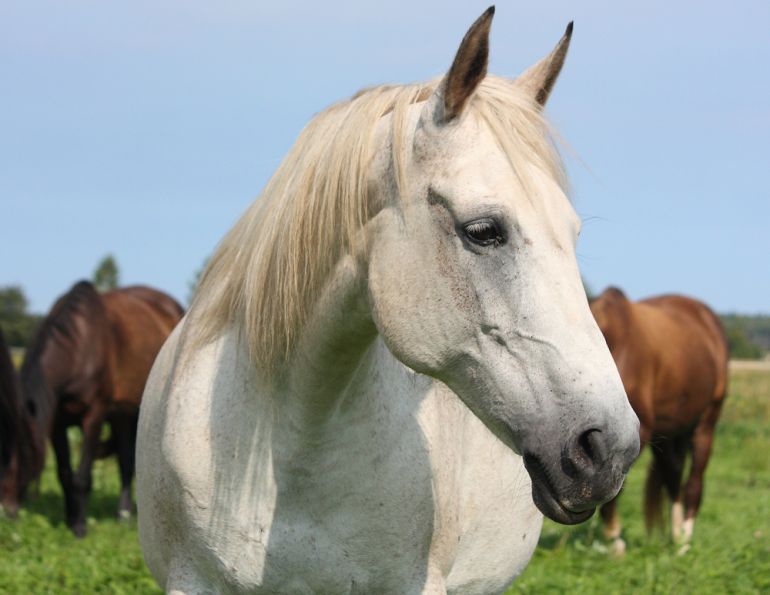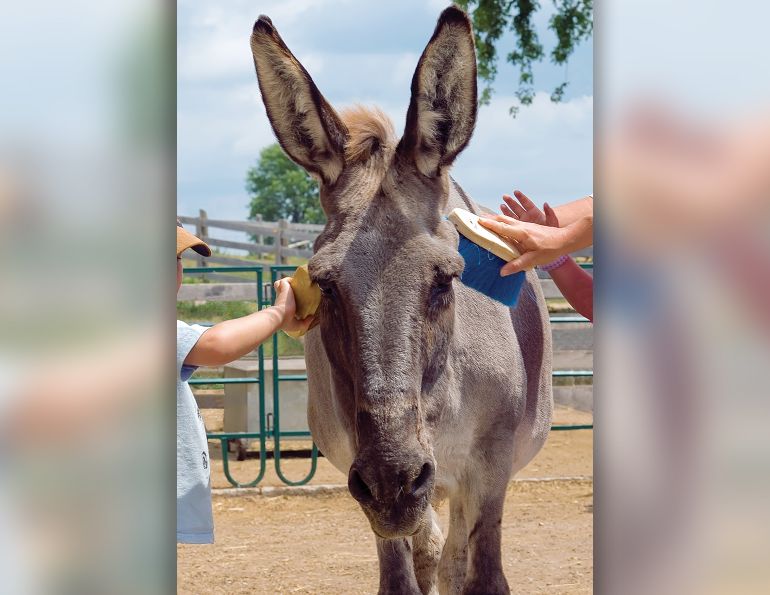By Margaret Evans
For the last 20 years, the endangered Przewalski’s horse, also known as the Asian wild horse or takhi, has been re-introduced to its ancestral ranges in the Gobi Mongolian steppe, or grasslands, in an immensely successful conservation program.
For millennia, the Przewalski’s horse ranged throughout the grassland steppe from Eastern Europe through Central Asia to China. The tough, stocky, sandy-coloured horse stands about 13 hands high with an erect mane, no forelock, short guard hairs on the tail, and a dorsal stripe that runs from the base of the mane, along the back, and down the tail.
The commitment by zoos to captive-breed the species came about as a result of severe population losses due to hundreds of horses dying during expeditions to capture them for exhibits and private collections in the late 1800s and early 1900s. Hunting, military activities, competition with livestock for grazing and water, and harsh winters took their toll. The last confirmed sighting of a wild horse in its ancestral range was in 1969. It was almost a quarter of a century before they returned in 1992, when the re-introduction program began.
Captive-bred Przewalski’s horses were transplanted to release sites in Hustai National Park in central Mongolia and to sites in the Great Gobi B Strictly Protected Area (SPA) in the Dzungarian Gobi in southwestern Mongolia. It took a while to fine-tune initial management plans but, over time, each released group adjusted, established a social order, thrived in a conservative home range within the release areas, and reproduced at a steady rate. The herds preferred winter and summer ranges that consisted of more open landscape but the development of the instinct to expand their range seems to be slow. Then tragedy struck.
Many Przewalski’s horses succumbed to coldness and lack of food during the dzud of 2009/2010. Photo: N. Altansukh
Winters in the Gobi are among the harshest in the world, but the winter of 2009 to 2010 was the most extreme in the past 50 years. Fifteen out of Mongolia’s 21 provinces were declared disaster zones and over 7.8 million livestock, 17 percent of the national stock, are thought to have perished. For the Przewalski’s horses, that winter was catastrophic, and their losses averaged 60 percent of the entire population.
The extreme winter was characterized by conditions known by Mongolians as ‘dzud.’ It began with a long drought in summer followed by a long, very cold winter (average daily temperatures from November to March hovered around minus 30 degrees Celsius) and multiple storms leaving snow hip-deep. The conditions made travel extremely difficult and the deeply packed snow made it impossible for the horses to paw for food. As stored hay was depleted, more was trucked in from supply centres when conditions allowed.
The Great Gobi B SPA population use three different winter ranges, one in the western part of the protected area and two in the eastern region. The two eastern winter ranges were particularly hard hit by heavy snow due to their geographical location on the fringe of the Dzungarian basin which is flanked by high mountains. The population of the eastern groups fell from 138 animals at the end of December 2009 to only 48 horses by the end of winter. The group in the western Great Gobi B suffered almost no fatalities. Losses in the Hustai National Park were much lower and averaged 10 percent of the early December population.
The Przewalski’s horses’ conservative tendency not to venture beyond known home ranges was a behavioural trait that emerged at their peril. The question remains as to whether the collective years of captive breeding altered their behavioural instinct to wander or whether the genetic component to explore new ranges was lost.
During the 2009/2010 dzud, hay for the Przewalski’s horses was transported to the Takin Tal camp in the Great Gobi B. Photo: G. Nisekhuu
In contrast, Asiatic wild asses that co-habit the same ranges as the Przewalski’s horses roam over a much wider area and were less affected by the dzud.
“Wild asses were obviously able to outrun the worst of the dzud by moving west,” said Dr. Petra Kaczensky, Senior Researcher with the Research Institute of Wildlife Ecology, University of Veterinary Medicine, Vienna, Austria.
Kaczensky is the lead author of The Danger of Having All Your Eggs in One Basket – Winter Crash of the Re-Introduced Przewalski’s Horses in the Mongolian Gobi published online in the international journal PLoS ONE. The paper documents the results of a study done by Kaczensky and her colleagues into the impact of the dzud on wild horses, wild asses and livestock that share the same habitat and space but show different patterns of use.
“The winter disaster really highlighted how dangerous it is to have all our eggs in one basket or in this case all the horses on a single pasture,” said Kaczensky. “The national strategy for Przewalski’s horse conservation in Mongolia should continue to aim at multiple re-introduction sites with spatially dispersed populations. Ideally the sites should cooperate closely and if necessary also exchange animals on a national as well as international scale. Such steps have already been initiated in Mongolia.”
One of the critical outcomes of the dzud was the impact the heavy losses had on the individual harems with the deaths of stallions and mares. Only one foal was born in 2010.
“In 2010 the surviving mares had no reserves left to have foals (so) it is actually quite amazing one managed to have a foal,” said Kaczensky. “I do not have the final foal numbers for 2011 yet but there were quite a number born. However, mortality was also rather high as the surviving Przewalski’s horses still struggle with social unrest due to the disintegration of the established harem structures. Basically, the survivors have to sort out who wants to live with whom. All groups are newly established and the harem stallions are inexperienced yet. Thus, it will likely take another year before we are ‘back to normal’.”
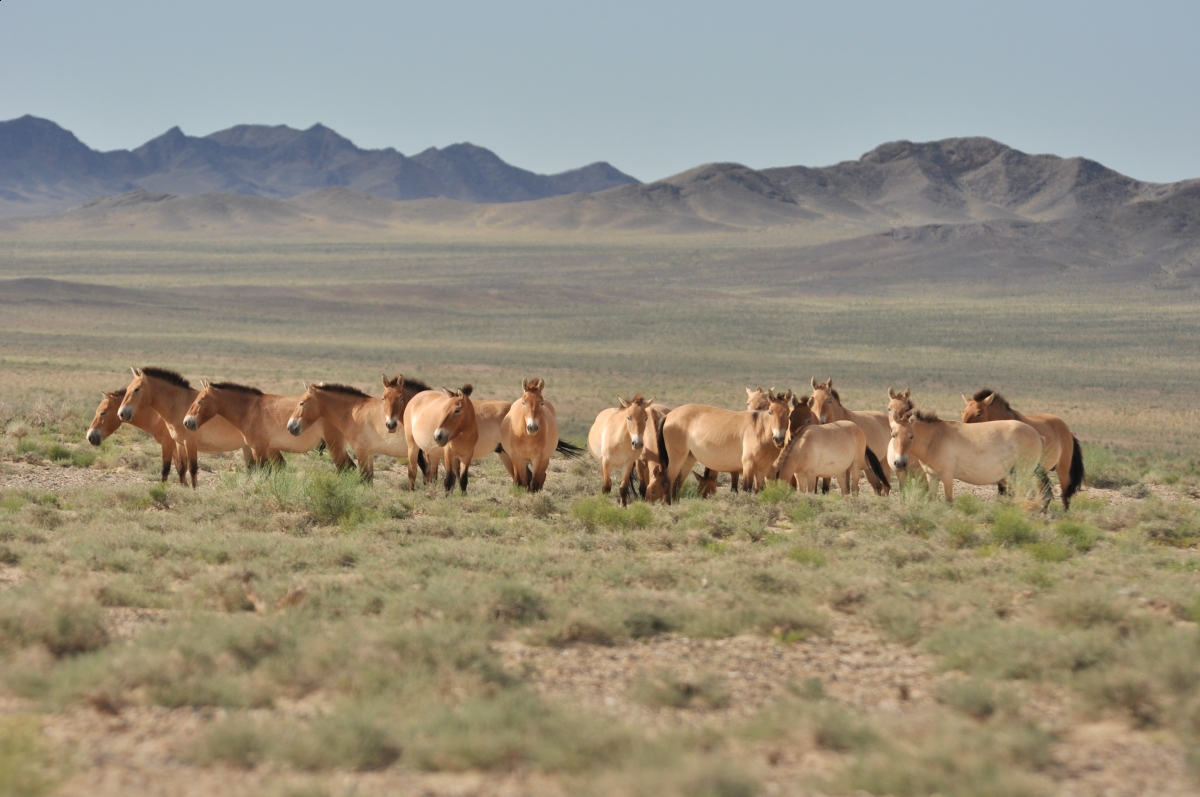
The surviving Przewalski’s horses from the western winter range are thriving. Photo: Dr. Petra Kaczensky
One interesting fact emerging from the dzud is that mares seem to be less susceptible to the extreme conditions than stallions. Kaczensky said they are still not sure why this is so, but postulates that mares might be slightly less active and perhaps conserve energy better. She stressed that she and her colleagues are keen to look deeper into the physiology of the horses under extreme conditions in the field.
Another curious observation is that it appears as if those horses actually born in the Gobi have a higher survival rate than the animals which were born in captivity and subsequently released, even though the latter have survived in the Gobi for years. Meanwhile the decimated population is being rebuilt this year.
“There was a transport of Przewalski’s horses planned for 2011 but it did not happen due to political unrest in China’s Xingjiang province where the horses were supposed to come from,” Kaczensky said. “There is a breeding station (there) and these horses are already adapted to local diseases and climate. Another transport is now scheduled for this year, either from China or from the central Mongolian re-introduction site in Hustain Nuruu or possibly even from Europe. These new horses will be released in the western portion of the Great Gobi B SPA to help spread the population out.”
The dzud was a wake-up call as to how fragile small, rare populations of wildlife are in the face of a severe weather event. Yet despite all the setbacks, the re-introduction program has been working, so much so that in 2011 the International Union for the Conservation of Nature (IUCN) down-listed the Przewalski’s horse on its Red List from ‘critically endangered’ to ‘endangered.’
With climate change promising more of the same extremes, spreading the horses out over larger multi-use pastures so that wide-ranging species can be encouraged to roam seems like a sound conservation management plan for the population’s future.
To read more by Margaret Evans on this site, click here.
Main photo: Chris Walzer - During the Mongolian dzud of the extreme 2009/2010 winter, 60 percent of Przewalski’s horses perished from starvation.




